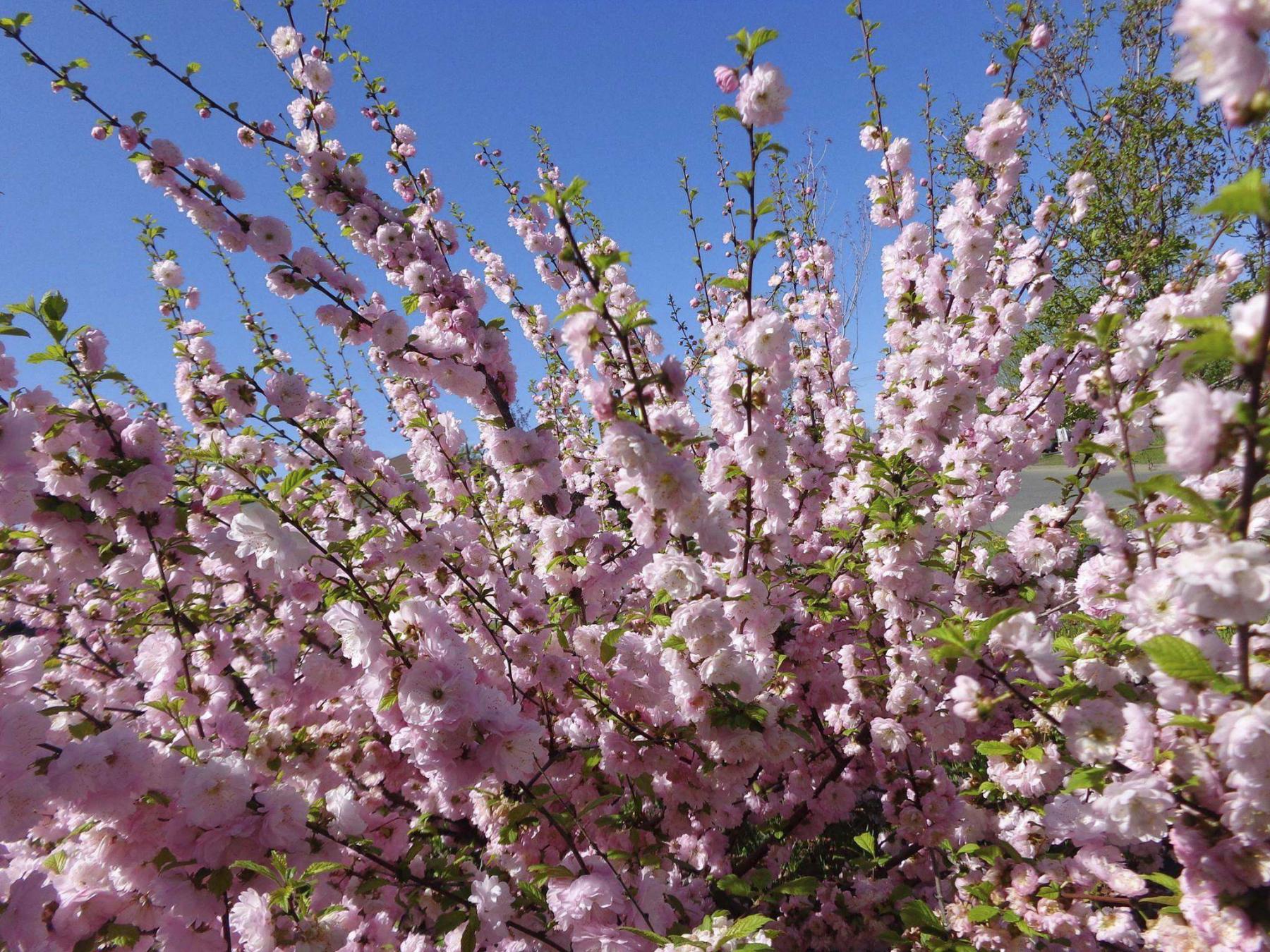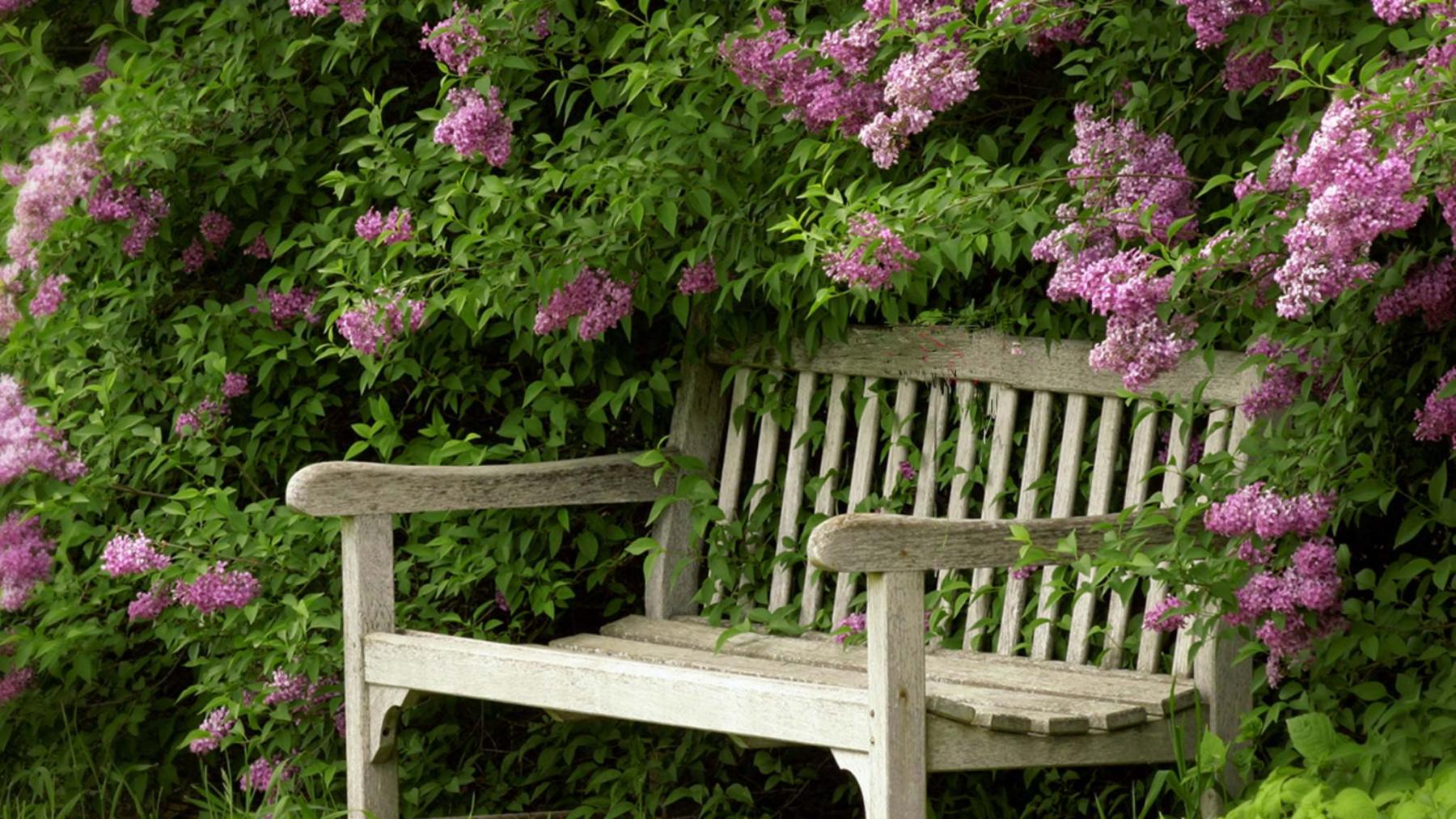
Monrovia
Maiden’s Blush lilac is a great choice for a hedge.
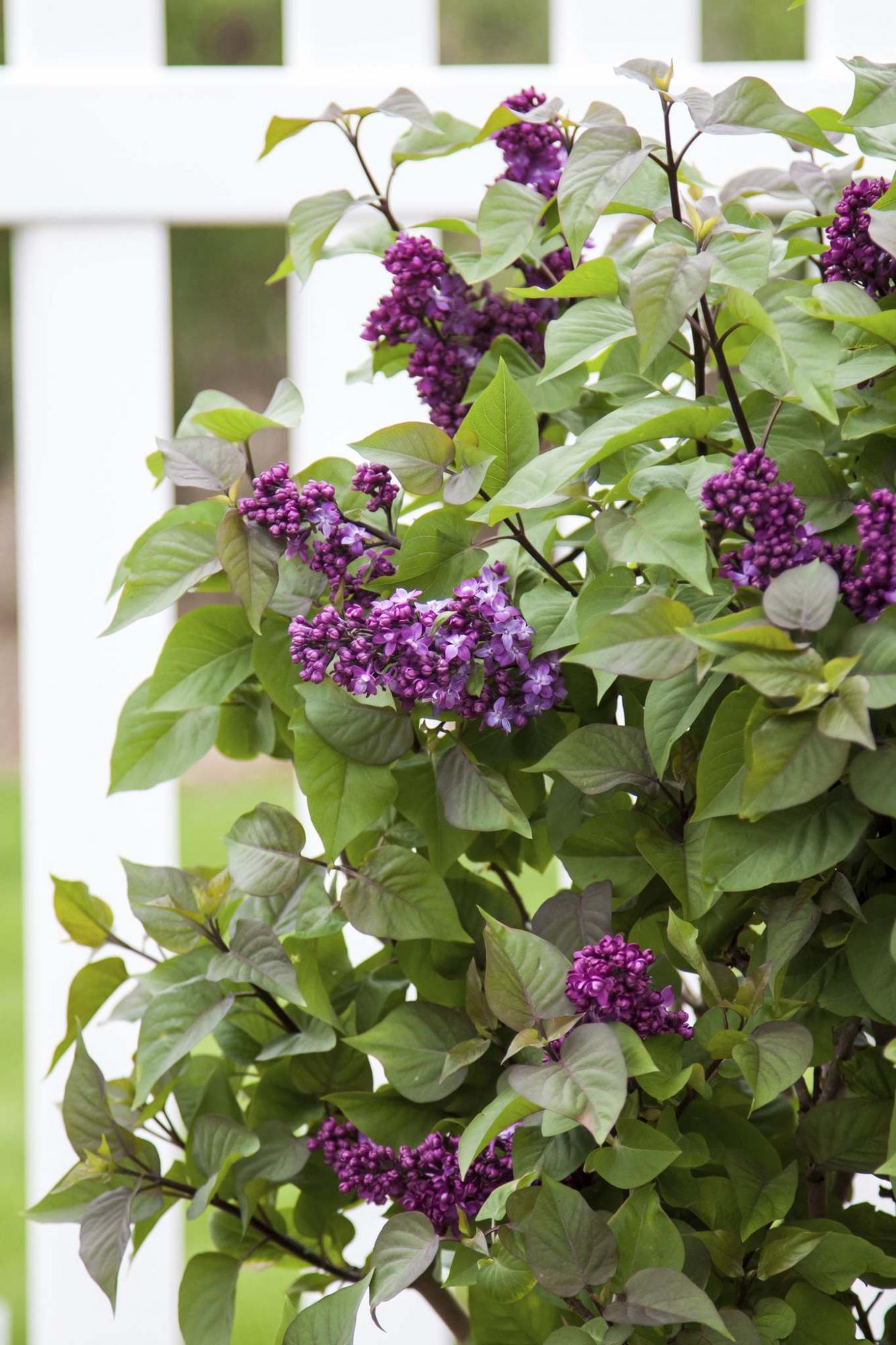
Look for First Editions Virtual Violet, a new lilac introduction.
Bailey Nurseries
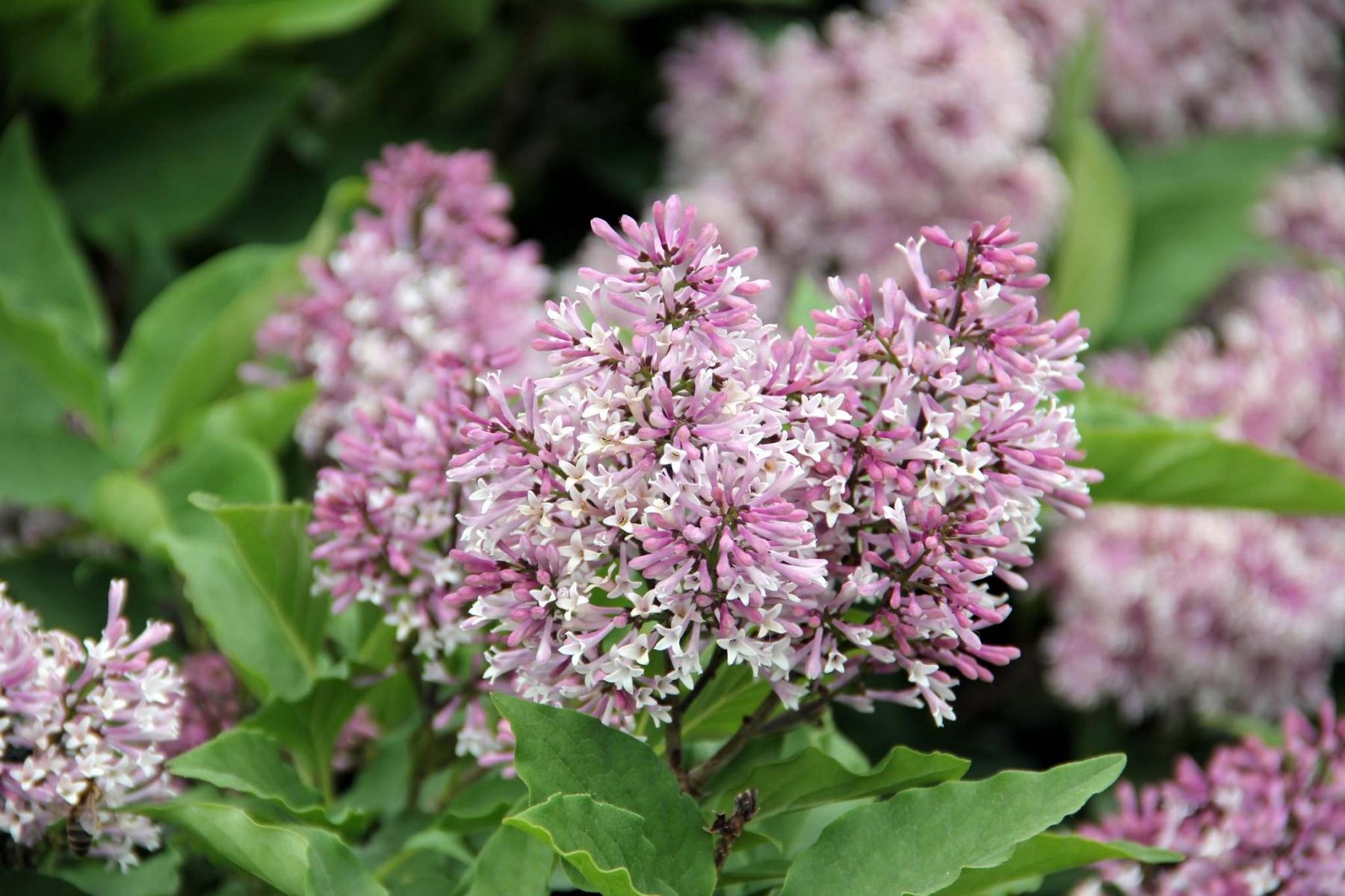
Little Lady hybrid lilac was bred at Jeffries Nurseries.
Jeffries Nurseries
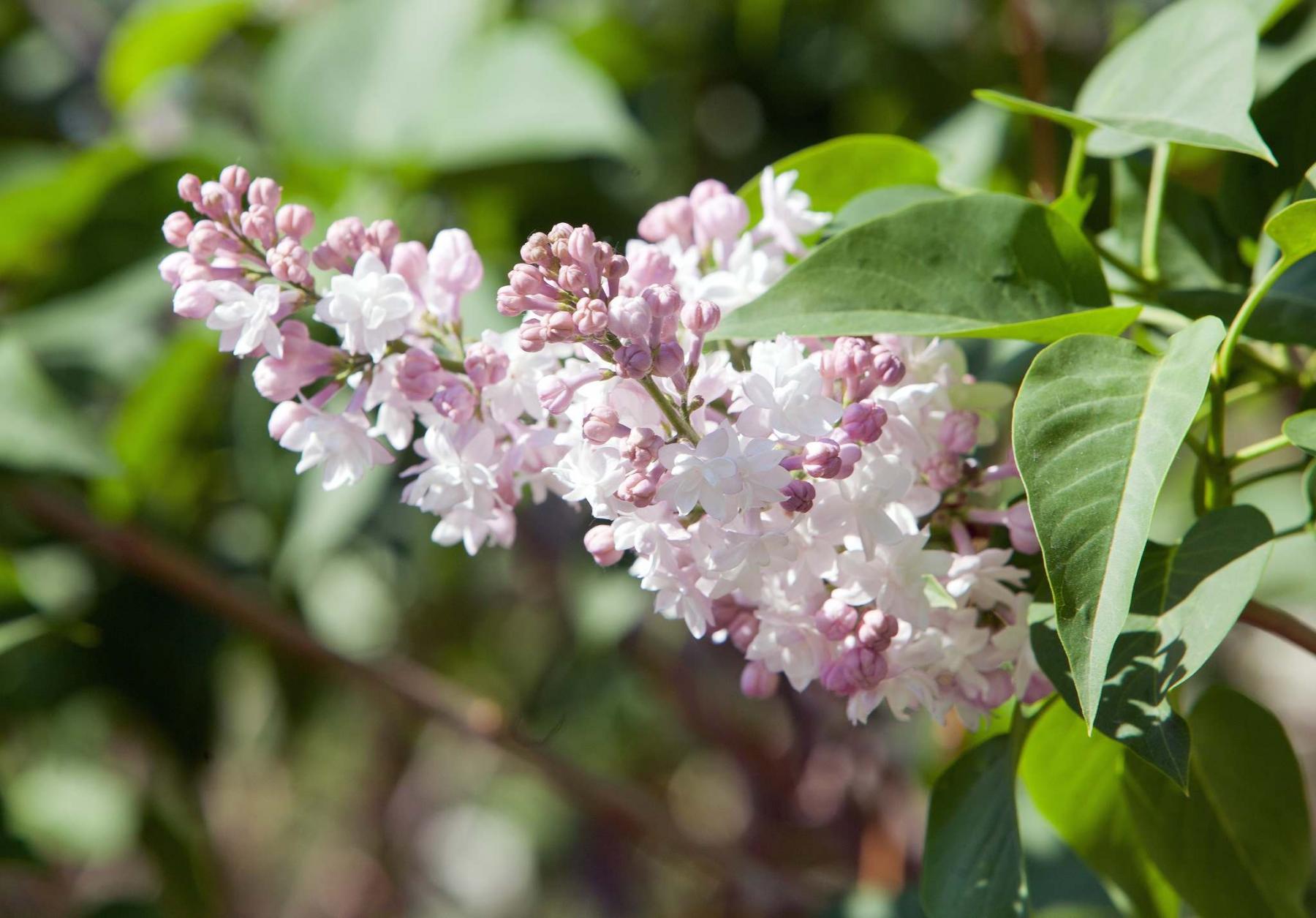
Darlene Stack
Breathtaking Beauty of Moscow lilac has double flowers.
In the town of Stonewall, like many cities and towns across our province, there is a grassroots movement underway to preserve and protect existing trees and shrubs. Community-minded groups are taking the initiative to create a greener and better place to live by planting trees and shrubs and ensuring a leafy legacy for tomorrow.
Karl Daher is the chairperson of the Rockwood Environmental Action Community Taskforce (REACT) and his wife Tanya is the president of the South Interlake Garden Club. While attending a conference that discussed the horticultural history of Manitoba, they picked up an old book and learned a previously unknown but fascinating story about Samuel Jacob Jackson, who founded the town of Stonewall in 1878.
Jackson was a prominent and respected businessman, landowner and politician. What seized Karl and Tanya’s interest, though, was Jackson’s personal dedication to greening his new town. Not only did Jackson plant more than 800 elm and maple trees in the area now known as Stonewall, but he also gave away hundreds of lots providing the new owners built a house to his specifications and planted trees.
At the time of discovering this story, Karl and Tanya were already discussing what they could do about some of the tree species lining the streets in their town that were dying or beginning to fail. Karl recounts that there were numerous Schubert Chokecherry trees with their distinctive purple-red leaves that had been infected with the dreaded fungal infection, black knot disease. The town had little choice but to cut the trees down.
In addition, many of the beautiful flowering crabapples that had been planted throughout the town nearly 50 years ago in honour of Manitoba’s centennial were in need of rejuvenation or replacement. "It struck us that the same zeal that Jackson had for planting trees needed to be brought back again," Karl says. Together, he and Tanya used the story of Jackson to inspire their collective memberships to plant replacement trees.
The South Interlake Garden Club raised the funds to buy trees and REACT organized a team of volunteers to plant flowering crabapple trees. "In areas that were adjacent to a sidewalk," Karl says, "we replanted sterile varieties such as Spring Snow crabapple and Muckle plum." Both these varieties produce beautiful clusters of blooms each spring, but are bred to be fruitless.
Today, the town of Stonewall is at risk of losing many of its majestic elm trees to the elm bark beetle; however, the trees are often not being replaced by the town. In 2014, REACT asked Stonewall town council to enact a new bylaw that would require that two new replacement trees be planted within a one-year timeframe for each tree being removed. Councillors have expressed the desire to encourage the maintenance and replacements of public trees and shrubs; however, REACT continues to advocate for the creation of the new bylaw.
But now, let’s turn our attention to the lilac, which also has a significant presence in Stonewall. A mighty shrub, with some varieties growing to a mature height of 31/2 metres, the lilac has long decorated the town of Stonewall. Today, Tanya and members of the South Interlake Garden Club have their hands deep in establishing new plantings of an impressive number of lilac varieties, 60 in all, purchased with the funds they raised.
Memorial Park in Stonewall is owned by the town, as well as the municipality of Rockwood. The park is situated at 2nd Avenue North and Main Street and is home to numerous mature lilac varieties. It was there I met Tanya on a ferociously windy day this spring. The air was filled with the heady scent of scores of lilacs in full bloom.
There are many mature lilacs at Memorial Park that form tall, dense hedges. The newly planted lilacs will eventually grow into hedges. Through their research, including conversations with the International Lilac Registrar at the Royal Botanical Gardens in Hamilton, Ont., Karl and Tanya chose many lilac varieties that have historic value.
The diverse selection of lilacs includes Syringa vulgaris (French) lilacs such as Charles Joly, Beauty of Moscow, President Grevy, President Lincoln, Ludwig Spaeth, Sensation, Madame Lemoine, Monge and Belle de Nancy.
Wonderblue and Dappled Dawn are also French hybrids, but they stand apart from other French lilacs. Wonderblue has a more compact habit (1.25 m), powder blue flowers that emerge from purple buds, and finely textured bluish-green foliage. Dappled Dawn is a truly unusual lilac with creamy-white variegated green foliage with splashes of yellow. The single flowers are magenta to mauve-purple.
There are Preston lilacs, too: White, Royalty, Minuet and Miss Canada. Preston lilacs were developed by Isabella Preston, Canada’s first professional female hybridizer who developed 80 late-blooming lilac varieties in addition to lilies, roses, irises and crabapples.
The lilac collection also includes Donald Wyman lilac and early blooming Syringa x hyacinthiflora varieties such as Pocahontas, a profuse bloomer with purple flowers, and Maiden’s Blush, an award-winning pale pink lilac. These were bred by Frank Leith Skinner, the famed Manitoba horticulturist.
Other varieties include more recent introductions such as Miss Kim, a compact Korean lilac. Every one of these lilac varieties, as they mature, will captivate the town’s residents and visitors for years to come with their distinctive blooms and fragrance. Beauty of Moscow, for example, has large panicles of double, delicate pale pink flowers that turn to white. Charles Joly has double, magenta-red flowers. Sensation has bicoloured flowers with purple florets edged in bright white.
Some of the lilac varieties such as Sensation and President Grevy will mature to a height of 3.6 m. Others such as Minuet, Miss Canada, Madame Lemoine and Donald Wyman will range from 21/2 to 3 m in height.
Tanya waters each of the newly planted lilac shrubs by hand. At home, she fills 18-litre pails with water, places a lid on top, pops the pails into the back of her vehicle and drives to the park.
There are many reasons why lilacs thrive so brilliantly in Stonewall and areas all throughout southern Manitoba. The lilac is a tough, long-lived species, says Wilbert Ronald, plant breeder, and owner of Jeffries Nurseries in Portage la Prairie. Lilacs bloom in a huge range of colours including varying shades of purple, blue, pink, white, or magenta.
Ronald says that while public parks such as Memorial Park in Stonewall can accommodate the older and larger varieties of lilac, more recent and compact introductions such as Little Lady hybrid lilac are better suited to smaller properties. Little Lady combines the large flower panicles of Miss Kim with the compact habit of Dwarf Korean lilac. Little Lady was bred by Rick Durand when he worked at Jeffries with Ronald.
Exciting new lilac introductions to also look for include Scentara Double Blue and First Editions Virtual Violet.
Karl and Tanya are advocates for trees and shrubs and the natural environment in Stonewall and plan to continue planting more trees and lilac shrubs.
This dynamic couple, together with the dedicated volunteers of their respective groups, are greening their town. Their efforts are no small legacy.
colleenizacharias@gmail.com

